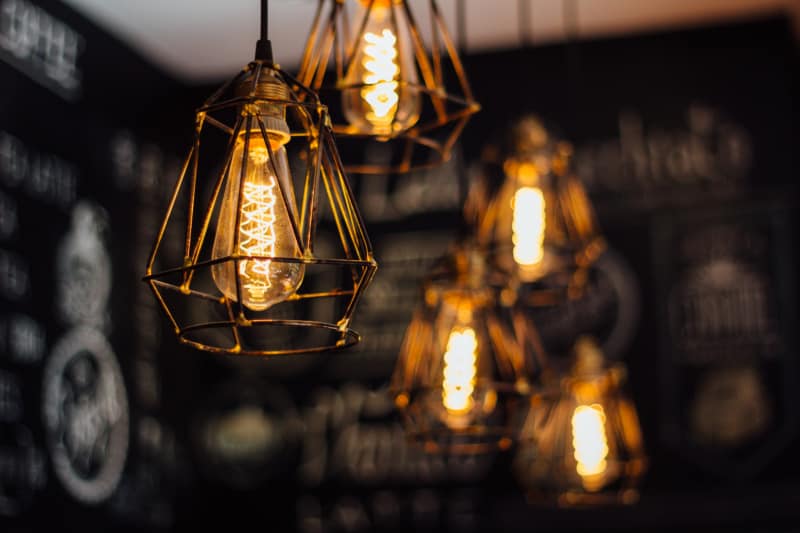Light Fixture Design 101
Lighting is changing dramatically. Thanks to new technology (such as LEDs), we are witnessing an explosion in possible form factors and designs. Manufacturers can experiment with light fixture ideas in a way that they were never able to in the past. Technology is no longer the constraint it used to be, and it's making the whole world of interior lighting setups much more compelling.
Pegrex has been in this industry for a considerable length of time. Our silversmiths can deliver a range of artistic light fixture ideas for our clients and complete them to a higher standard than is available through standard channels. For instance, we combine our expertise in CNC turret punching with photo etching and press braking for one of our clients to improve their light fixture products' quality.
What Are The Basics Of Light Fixture Design?
A light fitting is any device that contains an electric lamp or luminaire. The fixture's purpose is twofold: to scatter the light emitted by the bulb and look beautiful.
Industry professionals categorise light fixtures by installation method.
Fixed
Fixed light fittings are those that you can't move without unscrewing or unsticking them from the underlying material. Ceiling domes, surface-mountain lights, recessed fittings and outdoor lighting are all examples of this in practice.
While moving fixed units might be more difficult, they offer some advantages. Their primary benefit is their versatility. You can build practically any form-factor you like, so long as you have the wall space to do so. And you can place multiple light sources on the inside, depending on the design. In short, you have more freedom to experiment with both the form and function.
Portable
Portable light fixtures are those that you can move around with ease, without having to unscrew them or prize them away from an underlying substrate.
Common examples of portable light fittings include standard lamp fixtures, desk light fittings and free-standing floor lamps.
Lamp Fitting Design
Lamp fittings also have a variety of design features that allow them to make the best use of the light emitted by the bulb. The actual fixture design depends primarily on the application, and secondarily on aesthetics.
Here's a rundown of some of the features that light fittings can have:
- Translucent shielding: Frosted plastic and glass receives concentrated light from the bulb and then scatters it in all directions. These fixtures are great for situations where you require ambient lighting.
- Reflectors: Sometimes, you need to direct light in a particular direction. Reflectors are mirrored surfaces that collect and reflect errant light beams in a useful direction. Such components are standard in sports and security settings.
- Light protection: The lamp's outer housing is sometimes decorative, but it can also provide shielding and protection. Outdoor fittings typically have metal or waterproof shields that prevent water infiltration of the light itself.
Pegrex can design light fixtures. We are a NATO certified components supplier and combine engineering with our technological know-how to create finely-crafted light fittings for your particular application. Try us today.

